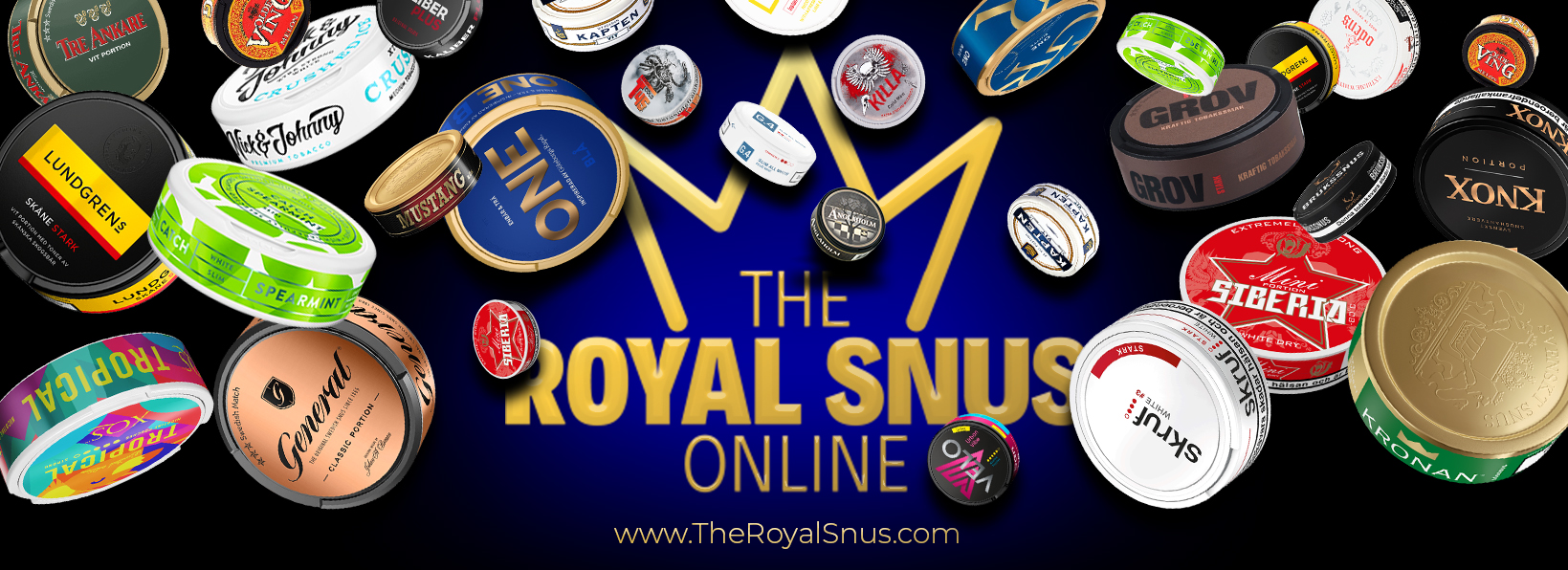What's the difference between chewing tobacco and Swedish Snus?

Chewing tobacco and Swedish snus are both forms of smokeless tobacco that have gained popularity in recent years. While they may seem similar at first glance, there are important differences between the two products. In this article, we will explore the distinctions between chewing tobacco and Swedish snus and their effects on health.
What is Chewing Tobacco?
Chewing tobacco, also known as spit tobacco, is a form of smokeless tobacco that is typically consumed by placing a small amount of the product between the cheek and gum. Chewing tobacco is available in a variety of forms, including loose leaf, plug, and twist, and is often flavored with sweeteners and spices.
One of the primary differences between chewing tobacco and Swedish snus is the way they are manufactured. Chewing tobacco is typically made from a blend of tobacco leaves that have been fermented and cured. The tobacco is then cut and mixed with various additives, such as sugar, flavorings, and preservatives, to enhance its taste and shelf life.
What is Swedish Snus?
Swedish snus is also a form of smokeless tobacco that is popular in Scandinavia and has gained a following in other parts of the world. Snus is a finely ground tobacco that is moistened and packaged in small, teabag-like pouches. These pouches are placed under the upper lip, where the tobacco is slowly released into the bloodstream.
Swedish snus is made from a different type of tobacco than chewing tobacco. It is typically produced using a process called pasteurization, which involves heating the tobacco to kill off bacteria and other harmful substances. This process creates a more consistent and cleaner-tasting product than traditional chewing tobacco.
Differences in Health Effects
Both chewing tobacco and Swedish snus have been linked to a range of health problems, including cancer, heart disease, and stroke. However, there are some differences in the specific health effects of these two products.
Chewing tobacco is associated with a higher risk of oral cancer, particularly in the areas where the tobacco is placed in the mouth. This is due to the direct exposure of the tobacco to the mucous membranes and tissues in the mouth. Chewing tobacco is also linked to an increased risk of gum disease, tooth decay, and other oral health problems.
Swedish snus, on the other hand, is associated with a lower risk of oral cancer than other forms of smokeless tobacco. This is thought to be due to the pasteurization process, which reduces the levels of carcinogens and other harmful substances in the tobacco. However, snus is still associated with an increased risk of pancreatic cancer, as well as other health problems such as cardiovascular disease and nicotine addiction.
Regulation and Availability
Another key difference between chewing tobacco and Swedish snus is their regulation and availability. Chewing tobacco is legal and widely available in many parts of the world, including the United States. However, some countries, such as Canada and Australia, have banned the sale and use of chewing tobacco due to its health risks.
Swedish snus, on the other hand, is subject to tighter regulations in many countries. In the European Union, for example, snus is banned in all member states except for Sweden. In the United States, snus is classified as a tobacco product and is subject to the same regulations as cigarettes and other tobacco products.
Conclusion
Chewing tobacco and Swedish snus are both forms of smokeless tobacco that have gained popularity in recent years. While they share some similarities, there are important differences between the two products in terms of their manufacturing, health effects, and regulation.
